What to Know About Soapstone Countertops For Your Kitchen Design
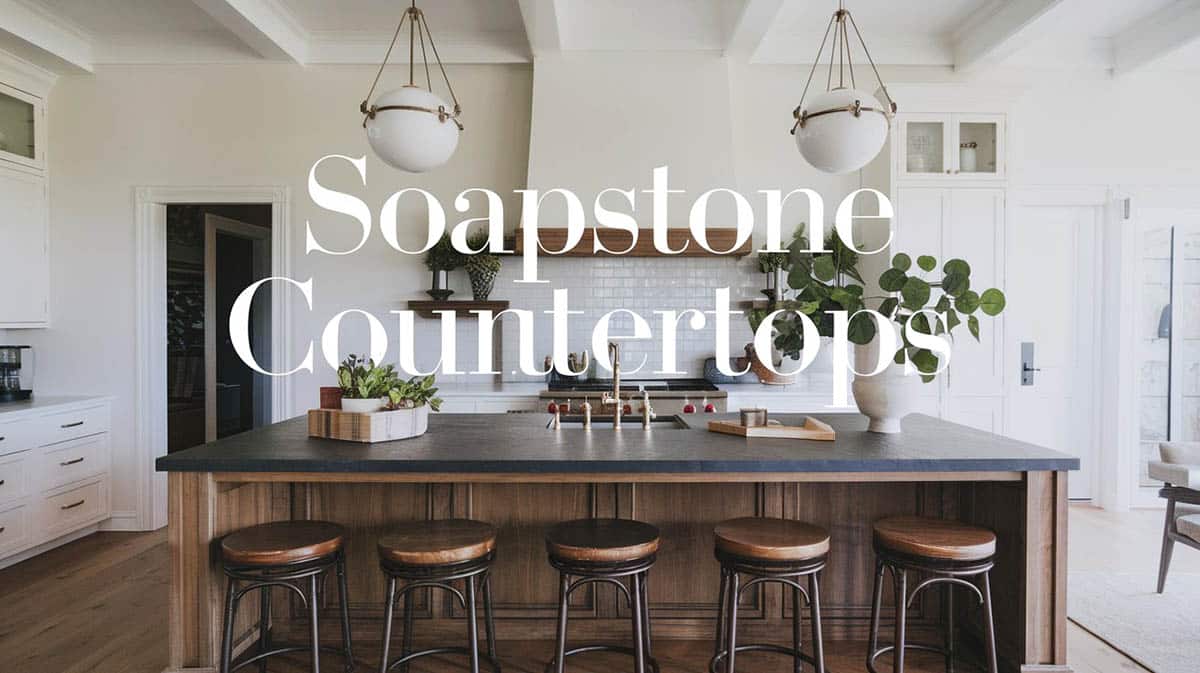
So you may be wondering exactly what are soapstone countertops. Soapstone has become an increasingly popular material of choice for kitchen counters due to its beauty and ease of use. Soapstone’s name is derived from its soap-like surface texture. Similar to granite or marble, it is a natural material and, when used for kitchen countertops, contains higher concentrations of quartz to help make it more durable for day-to-day use.
This stone naturally contains talc, so compared to other stones like quartz or granite, it is a softer material, which is why soapstone with high talc content is a popular material for sculptors. For countertops, materials with lower talc content are recommended as they are more suitable for interior & architectural applications.
Due to its natural beauty and durability soapstone is often used for applications such as countertops in the kitchen & bathroom, sinks, and fireplace surrounds. Unlike many other counter types, the stone does not need to be sealed or stained; however, many homeowners apply oil or wax to the surface at least twice a year to help keep it looking new.
Soapstone Countertops Pros and Cons
PROS:
- Soapstone is non-porous, meaning unlike granite or other porous stones, you don’t need to seal this material constantly to keep it in shape.
- Because this material is so dense and non-porous, it doesn’t hold bacteria, doesn’t stain, and is very easy to clean.
- Unlike other materials with strict lists of cleaning agents that can be used, its surface can easily be cleaned with soap and water or any all-purpose cleaner. Acids from lemons and other fruits won’t really affect the material.
- You don’t need to seal this material. For maintenance, a layer food-grade mineral oil is enough to maintain its sheen.
- Easy to resand in case of chips or scratches.
- Because it is soft, you can easily carve in or fabricate features such as a drainboard or even make an integrated sink using a piece of material.
- Easy to DIY since you can cut it using diamond-tipped circular saw.
- Heat-resistant – so there is no worry cracking its surface when you put a hot pan on top of it.
- It can be used both indoors and outdoors.
CONS:
- Price – soapstone can cost as much as premium-grade granite countertops, which is a harder material
- Its softness means it is prone to scratches and chipping (which can easily be remedied by sanding)
- It only comes in 7′ or 84″ lengths, so this means you’ll have to have more seams on your counter if you have a long run.
- It changes color over time – for some, it can be a pro instead of a con, but do keep it mind that soapstone naturally darkens over time. Adding mineral oil will help speed up this darkening process as well
- Colors are limited
Soapstone Slab Countertop Cost
Depending on where your stone is sourced and its talc content, it can range from $45 to $85 per square foot. This cost will be affected depending on your location, installation cost (if you’re using professional installers), the thickness of your slab, configuration, and other special fabrication needs (adding drainboards, openings for built-ins, etc. Installed, soapstone can cost around $60 to up to $105 per square foot. They are comparable to the cost of high-end granite.
Soapstone Counter Colors
Soapstone naturally comes in very limited colors, mostly in shades of gray. The veining varies from quarry to quarry an can vary from small to large. Although some might contain hints of blue or green, the dominant colors are usually white, gray, or black. Always keep in mind that the stone naturally darkens over time, so take note of that when selecting your color.
Black Soapstone
Soapstones are commonly found in black color with varying vein sizes and patterns, depending on the quarry or source. Most dark gray soapstones will darken to black over time, so keep that in mind. Unique dark veins adds a subtle pattern and detail to the black soapstone countertop. The dark surface easily complements all white kitchen cabinets and white wall siding.
Need softer edges? Soapstone is the way to go! Because the material is soft, it is easier to buff and soften its hard edges and corners. Rounding edges and corners not only give a different vibe it also makes your kitchen safer for children and adults alike because there are fewer sharp points to hit accidentally. The matte finish of the countertops aids in toning down the intricacy of the details of the cabinets, often giving the kitchen a more contemporary feel.
Some soapstone counters have very little/subtle grain patterns. In time, or when applied with layers of mineral oil, it could become dark enough to almost look all-black.
White Soapstone
Don’t expect a pristine white like quartz on soapstones. Most white-background soapstones will have varying amounts of gray veins scattered along, so it would appear more light-gray overall than white. If you’re lucky, you’ll be able to find a slab that has more white than gray.
Green Soapstone
While most soapstone comes in various shades of gray, white, and black, you can also find slabs with hints of green undertones like a Finland green soapstone counter. It has unique and striking white vein patterns that make the countertop surface pop out a little better against the wooden cabinetry. Finland green soapstones are famous for this green talc color that gives that green tint to the stone. They come in varying shades of green as well.
Gray Soapstone
Gray soapstone often has striking white veins that look impressive and can provide a lighter backdrop. They can be used for island countertops, waterfall countertops, and backsplash with great results. The gorgeous white vein details against the gray countertop surface add a more modern feel to a traditional style kitchen. Dark gray surfaces perfectly match with white subway tiles and also stand out well against the all-white kitchen cabinets. White farmhouse style kitchen cabinets combined with dark gray counters and backsplash create a very bold contemporary look that is both avant-garde and timeless.
Faux Soapstone Counters
If you like the look of soapstone but don’t want to deal with the constant dents and scratches, then making a faux counter might be the best solution. First off, you can also consider soapstone mix, which was already combined with quartz. This alternative makes the surface harder and, therefore, more suitable for kitchen counter use.
Otherwise, if you’re on a tight budget, you can just make a faux stone counter. There are different possible materials to do this, but among the popular ones are laminates (which can look obvious), using paint or epoxy. If you’re DIY’ing, choose the method that best matches your current equipment and skill set! There are also many types of quartz countertops that can provide a similar appearance to soapstone.
Caring for Soapstone Surfaces
The non-porous quality of soapstone makes it easy to clean as it does not hold stains. Any minor nicks or scratches can also be rectified by light sanding and a layer of food-grade mineral oil. Since this material doesn’t need to be sealed, occasional sanding and mineral oil are all that is needed to maintain this material.
DIY Soapstone Slab Countertops
As soapstone is a soft material, it’s easier to cut than most other countertop surface materials, so it will save you costs if you have basic DIY knowledge.
Here’s our simple recommended DIY method for cutting soapstone:
- Use a thin sheet of plywood to serve as a cut-out template. This way, any measurement mistakes will be minimized (and will be less costly!). Once you get the plywood cut-outs finished, you can use these measurements as the cutting guide for the surface.
- Use a knife to score/mark the edges on the material, using your plywood template as a guide.
- Prepare your cutting table/surface. Make sure it is level to avoid chipping and damage to your stone.
- Use a circular saw or a jigsaw and attach diamond-tipped blades. Don’t forget to cover the sides of the saw blade with tape to avoid damaging the stone.
- Wear your safety gear and proceed cutting at half the thickness of the stone, the cut the remaining depth after. Both wet and dry cutting is possible.
- Sand the edges of the sandstone, starting with an 80-grit, increasing the grit gradually to smooth the surface.
- Optional: Add a layer of mineral oil to add sheen and darken the surface.
Where to Buy Soapstone
Depending on your location, slab availability and types would vary. Most builder supply & hardware stores with other stones, such as granite, would also probably have soapstone.
You can also search for natural stone stores/specialists in your area for more selections, detailed recommendations, and installation guides. Many stone suppliers can also deliver and accept orders online, so if time and convenience are an issue, a simple internet search will give you a list of suppliers around your area.
For more related designs, see more gray and white kitchen designs here.

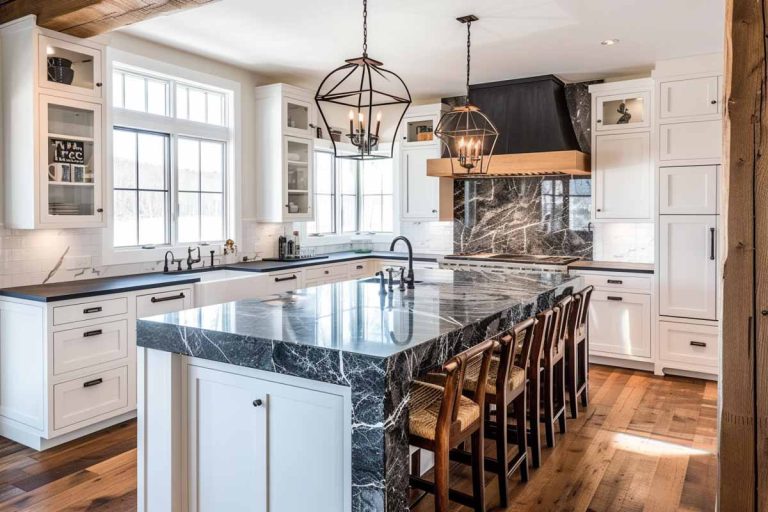
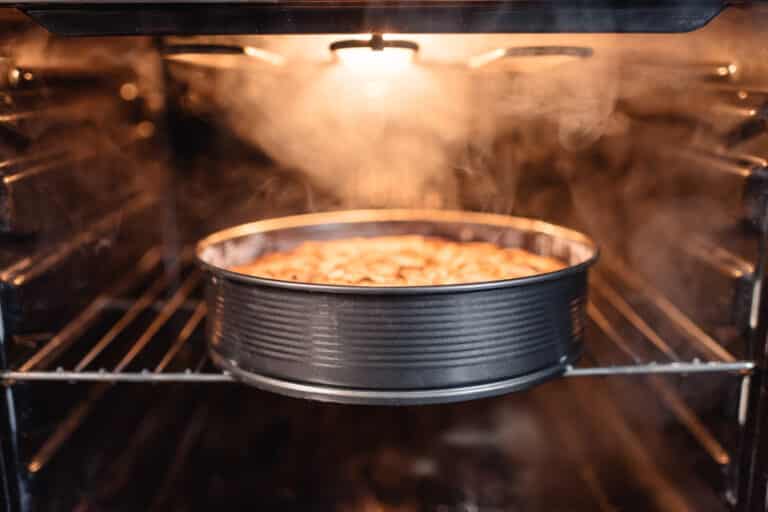
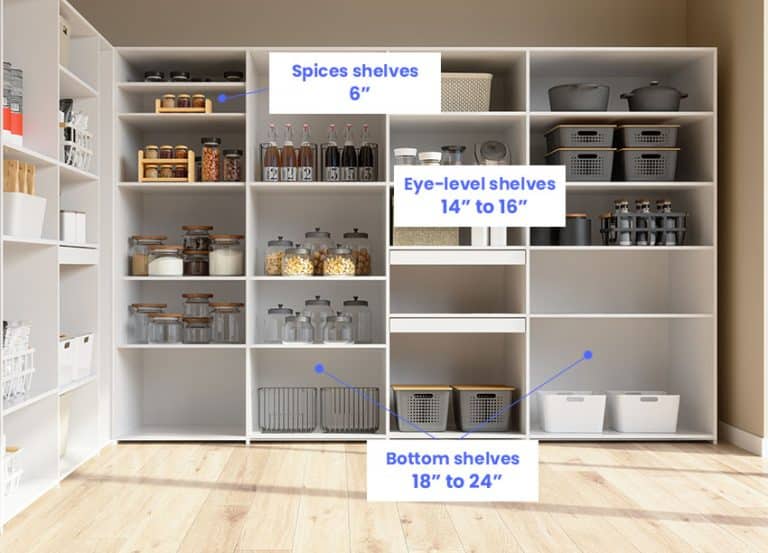
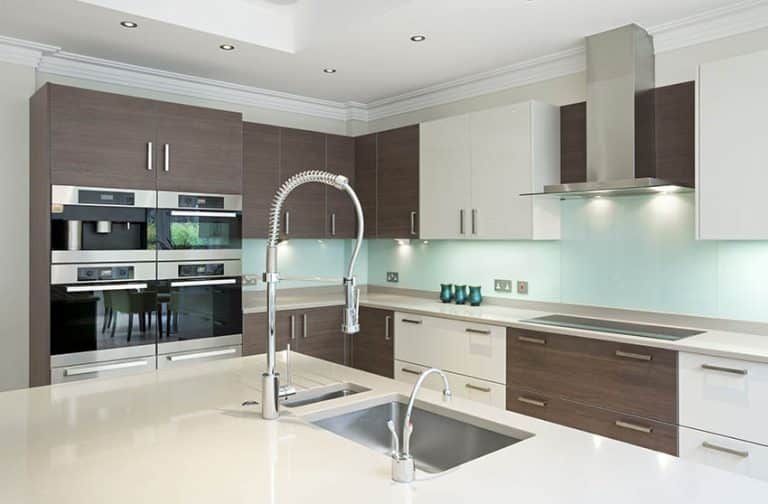
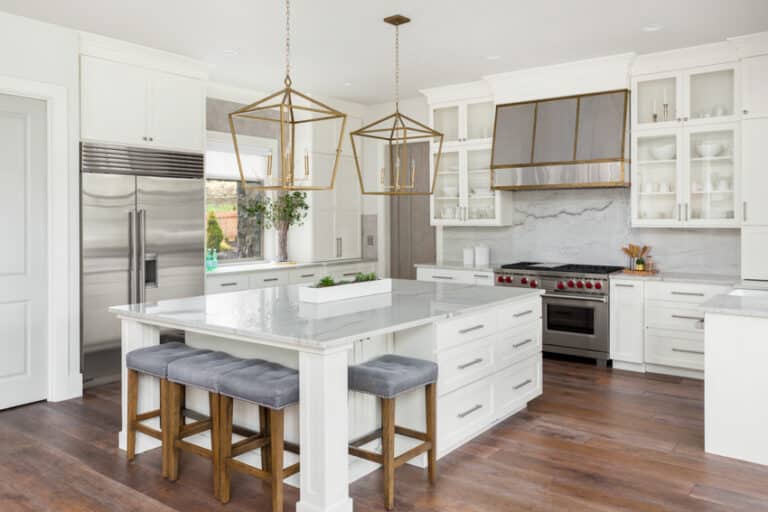
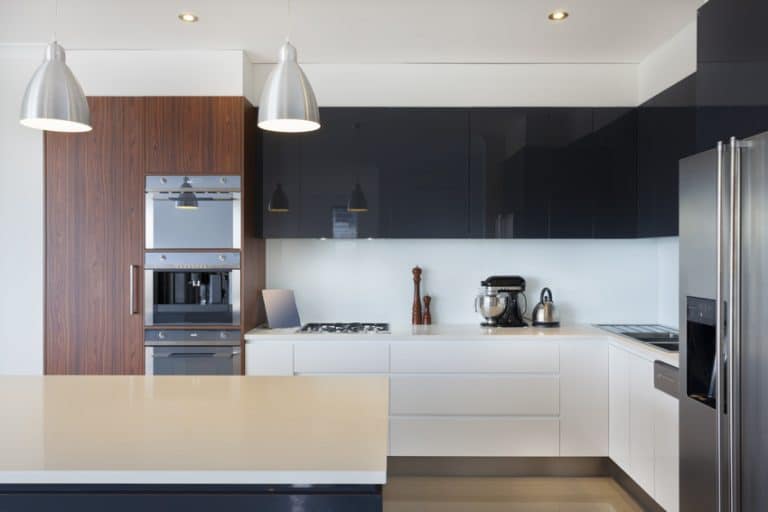
There’s no such thing as white soapstone, according to the M. Teixiera Soapstone website. This is a different type of stone marketed as “soapstone” to unsuspecting customers. Other stones are also falsely labeled as soapstone and do not have the same properties, so people need to do their research.